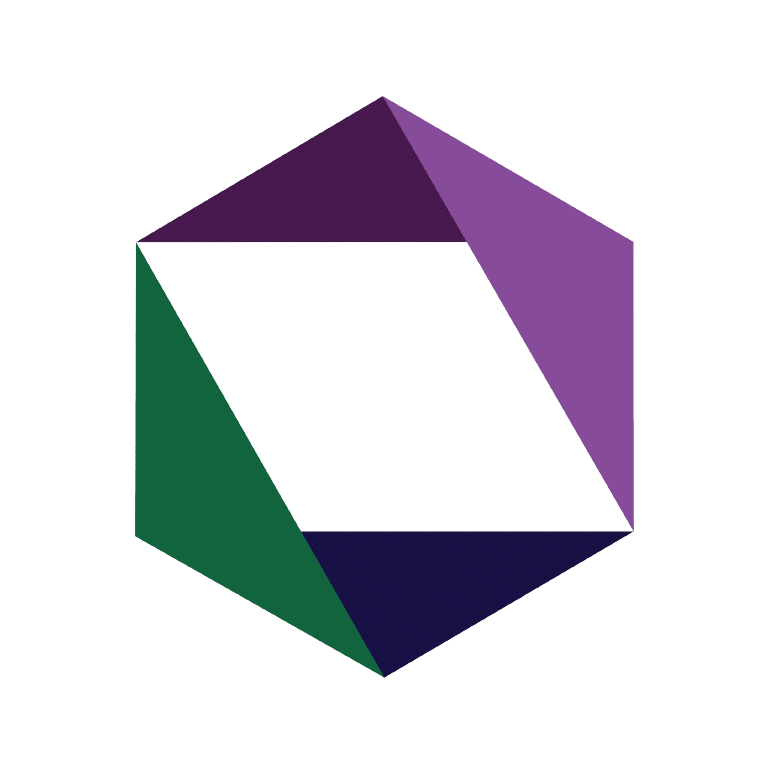
The Challenge
One of the top global leaders in automotive manufacturing faced significant challenges in managing and accessing critical knowledge across its diverse teams. The company’s employees were working in silos and struggling with fragmented data spread across various departments and business units. Employees relied heavily on personal networks to find information, overburdening subject matter experts and creating bottlenecks during pivotal innovation phases. They consistently spent significant time searching for technical specifications, design documents, and previous project insights. Further, employees did not trust the integrity of the information available to them, limiting their ability to reuse past information efficiently. The company engaged Enterprise Knowledge (EK) to conduct a Knowledge Management (KM) Strategy and solution implementation project plan after the failure of multiple KM initiatives. The engagement’s long-term goal is to establish a shared Knowledge Management System (KMS) to streamline access to crucial information, better leverage experts’ institutional knowledge and experience, and decrease new employees’ time to proficiency.

The Solution
While the company originally sought a single platform to solve all KM challenges, EK’s assessment and collaboration identified a more integrated approach, leveraging existing systems, KM best practices, and semantic foundations. This initial 9-month engagement covered KM organizational design and governance, taxonomy and ontology development, as part of a scalable semantic layer technology architecture, UI/UX design, and a knowledge graph to drive long-term KMS adoption and sustainability.
Evolving into a multi-year KM transformation, EK focused on creating a strategic and technical framework to drive sustainable KM practices. This phase centered on developing a clear roadmap for KM improvement, designing a KMS proof of concept (PoC), and ensuring the solutions aligned with the company’s evolving needs. The envisioned KMS would serve as a centralized knowledge portal, aggregating multiple applications and platforms to offer a single point of access to a holistic, connected view of the information that employees need to effectively perform their work. The following activities laid the foundation for a fully integrated system and long-term success:
Understanding Business Needs and Requirements
The first phase of the project focused on understanding the company’s business, technical, and functional requirements for the KMS. In a matter of weeks, EK engaged with 100+ select employees (representative of their 24,000-person workforce) and evaluated more than 10 business-critical systems using a hybrid approach that combined top-down (focus groups, interviews, and technical demos) and bottom-up (content and data analysis) research methods.
Insights to Strategy and Roadmap
These inputs informed a comprehensive KM strategy assessment that evaluated the company’s current KM maturity. Combined with inputs from their leadership, EK developed a tailored three-year roadmap for improvement with a focus on three key areas: content governance, user engagement, and knowledge sharing.
Establishing a Sustainable Operating Model
To support long-term sustainability, EK designed a KM operating model that provided a detailed framework to operationalize a KM Center of Excellence (CoE). The KM Org Function & Operating Model included dedicated KM roles and business unit representatives tasked with driving adoption and embedding KM practices across the organization.
Developing the Knowledge Portal PoC
In parallel, EK designed and deployed a Knowledge Portal PoC hosted in the company’s AWS environment. The portal was powered by a knowledge graph and a taxonomy and ontology management solution, consolidating information from multiple systems into a single landing page. The interface was developed using design thinking principles to ensure intuitive navigation and ease of use.
User-Centered Design and Testing
EK facilitated extensive discovery sessions with a variety of stakeholders to define user personas and journey maps. The team tested a clickable prototype and continuously refined the PoC based on stakeholder feedback, ensuring the solution reflected real-world user needs.
Scalable Technical Architecture
To support future growth, EK also provided technical architecture recommendations designed to scale with the company’s data demands. These recommendations were anchored in the semantic layer and security standards to ensure the solution can integrate seamlessly with existing systems, deliver reliable performance, and accommodate advanced AI capabilities over time.

The EK Difference
EK prioritizes iterative, user-driven, sustainable solutions while demonstrating dynamic responsiveness to client needs. Engaging a diverse cross-section of employees, EK leveraged expertise in KM and design thinking to facilitate virtual and onsite sessions, bringing together over 100 employees from various business units efficiently to capture diverse user perspectives. To minimize the level of effort and time from employees, EK employed a variety of validation activities to collect user feedback to refine deliverables and align them with company milestones and leadership briefings. Leveraging an Agile framework, EK held regular reviews, providing visual updates and executive briefings for incremental, efficient processes aligned with strategic goals.
To promote long-term adoption and cultural change, EK embedded knowledge transfer into every project phase, conducting ongoing working sessions to upskill employees in KM principles, practical system use, and day-to-day maintenance. These sessions were designed to build immediate capability and empower employees to integrate KM practices into how they work moving forward. EK also equipped stakeholders with tailored educational materials and actionable training recommendations to support continuous KM growth. These efforts fostered stronger user ownership and helped lay the foundation for a sustainable, self-sufficient KM culture beyond the project’s completion.
To meet the complexity of the company’s KM goals, EK assembled a multidisciplinary team capable of bridging business, technical, and functional perspectives. The team included software engineers, KM specialists, taxonomy and ontology experts, and UI/UX designers, each bringing unique expertise to translate complex requirements into actionable components. This cross-functional structure enabled EK to offer integrated recommendations that addressed both technical implementation and non-technical KM strategies. Working across simultaneous workstreams, the team maintained steady progress while ensuring alignment between business needs and system design. As priorities evolved, EK expanded its team to include a dedicated UI/UX design group, focused on crafting an interface tailored to the company’s specific context. The iterative design approach allowed for ongoing refinement, ensuring the KMS fit seamlessly within the company’s environment and supported long-term adoption.

The Results
By the end of the first phase, EK positioned the company to take decisive steps toward long-term KM maturity. The comprehensive three-year KM Strategy Roadmap clarified and prioritized the company’s most pressing KM challenges, offering a phased path forward grounded in its unique business context. The KM Org Function & Operating Model and Governance Plan define the resourcing, roles, and decision-making structures needed to embed KM into the company, ultimately helping leadership identify where to upskill, hire, or realign talent to support KM goals within their current structure.
To accelerate adoption and ensure stakeholder alignment, EK also deployed a Knowledge Portal PoC in the company’s Cloud environment. This allowed staff to experience core portal functionalities, such as integrated project views and intuitive search, and provide input on usability, informing future enhancements. Behind the scenes, EK’s semantic layer framework (taxonomy/ontology and knowledge graph models) laid the groundwork for smarter data connections, improving content findability and relevance in ways that resonate with end users.
The company leadership acknowledged the approach and priority—funding the implementation and next phases of the program and engagement. With the project extended over three years, EK continues to partner with the company to help transition the PoC into a fully operational production system, providing employees with a reliable “single view of truth.” EK will support onboarding and training for the KM CoE, equipping its members to lead and champion KM efforts company-wide. Additionally, KM best practices and governance will be scaled across the broader organization, strengthening consistency and sustainability.
Looking ahead, EK will introduce advanced KMS capabilities such as natural language processing, AI-powered chatbot support, and personalized content recommendations. These capabilities will transform how employees access and apply knowledge and position the company and its employees for greater agility and innovation as a leader in the automotive industry.
Interested in maturing your organization’s knowledge management? Contact us today!
